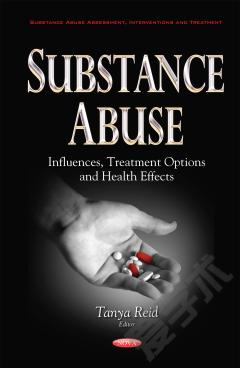Substance Use Among Select Ethnicities: Adults and Adolescents
Over the past several decades, the population of the United States has become increasingly diverse. According to the U.S. Census Bureau, about one third of the population belongs to a racial/ethnic minority group; this percentage is projected to increase to 54 percent by 2050. As the country becomes more diverse, it becomes increasingly important to address health and health care disparities related to race/ethnicity, as well as age and gender, socioeconomic status, geography, and disability. The Nation’s success in reducing these disparities today, to a large extent, will determine the health of our Nation tomorrow. One area of concern is assessing substance use and abuse and ensuring access to substance abuse treatment. Substance abuse affects millions of people every year and has untold health, social, and economic costs for individuals, families, and communities. Although it affects people in all racial/ethnic groups, research has shown that there is considerable variation among these groups. Gaining a better under-standing of the behavioral health needs of particular racial/ethnic groups can help inform public health policy, build prevention and treatment programs that target the different needs of these populations, and ultimately ensure that services are available to all individuals who need them. This book uses data from the National Survey on Drug Use and Health (NSDUH) to examine substance use and treatment need among African-American adults and adolescents; American Indian or Alaska Native adults and adolescents; Hispanic adults and adolescents; and Asian adults and adolescents.
{{comment.content}}








 京公网安备 11010802027623号
京公网安备 11010802027623号